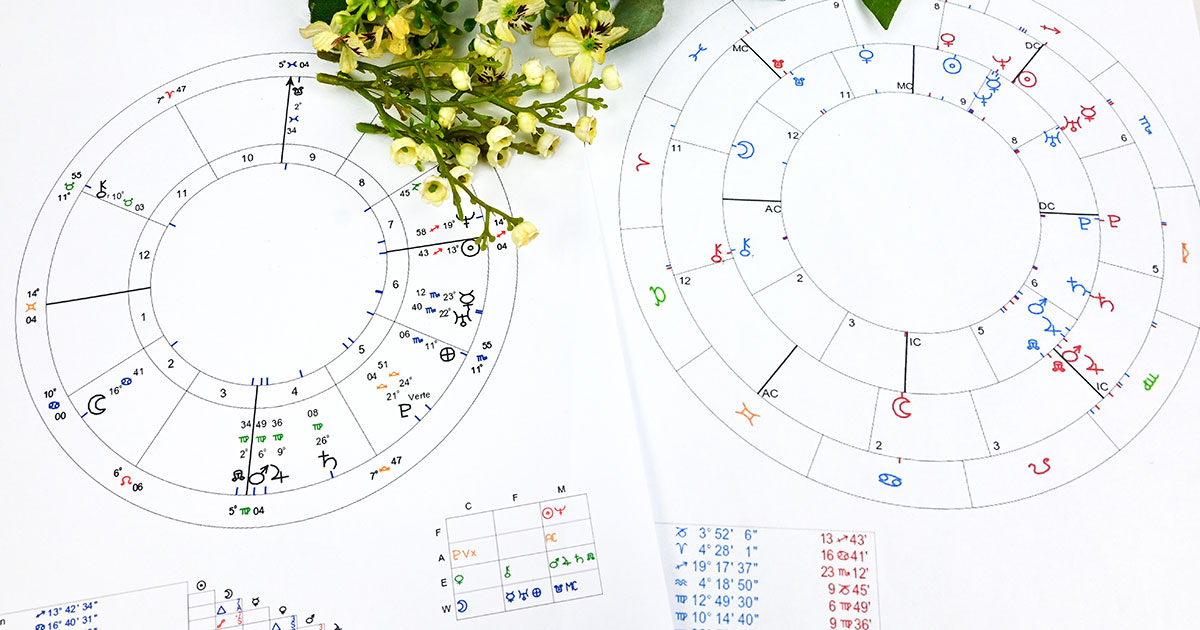Astrology and Your Love Life: A Guide to Compatibility Analysis
Introduction
Love is a mysterious and powerful force that often leaves us wondering about our compatibility with potential partners. While astrology can’t guarantee a perfect match, it can provide valuable insights into the dynamics of your relationships. In this blog post, we’ll explore the fascinating world of astrology and its role in guiding your love life through compatibility analysis.
Understanding Compatibility in Astrology
Astrology views compatibility as the alignment or resonance of energies between two individuals. It takes into account the positions of celestial bodies at the time of your birth to assess how well you and your partner’s personalities, desires, and life paths harmonize.
The Basics of Compatibility Analysis
To begin your journey into compatibility analysis, here are some fundamental elements to consider:
- Sun Signs: Sun sign compatibility is a starting point. Your Sun sign represents your core identity, while your partner’s Sun sign reflects theirs. Elements (fire, earth, air, water) and modalities (cardinal, fixed, mutable) play a role in compatibility.
- Moon Signs: The Moon sign governs emotions and inner feelings. Compatibility in Moon signs can indicate emotional rapport and how you nurture each other.
- Venus and Mars: Venus represents love and affection, while Mars symbolizes passion and desire. Analyzing these planets in both charts can reveal attraction and romantic compatibility.
- Ascendant (Rising) Signs: The Ascendant sign represents your outward personality and how you present yourself to the world. Compatible rising signs can indicate an initial connection and ease in relating to one another.
- Aspects: Pay attention to planetary aspects between your charts. Positive aspects (such as trines and sextiles) indicate harmony, while challenging aspects (like squares and oppositions) may signal areas of tension to work through.
Using Compatibility Analysis in Your Love Life
Now that you understand the basics, here’s how to make compatibility analysis a practical tool in your love life:
- Self-Reflection: Begin by exploring your own birth chart to gain insight into your strengths, weaknesses, and desires. Understanding yourself better will help you choose compatible partners.
- Partner Comparison: When you meet someone you’re interested in, compare your birth charts. Look for areas of synergy and areas where differences might arise. Keep in mind that no one is a perfect match in every aspect.
- Communication: Use astrology as a conversation starter with your partner. Discuss your birth charts together, sharing what resonates and what doesn’t. This can lead to deeper understanding and connection.
- Acceptance and Growth: Remember that astrology is a tool for self-awareness and growth. Instead of seeking a perfect match, focus on personal development and how you can complement each other’s journeys.
- Seek Guidance: Professional astrologers can provide more in-depth compatibility analyses and insights into the dynamics of your relationship. They can offer guidance on navigating challenges and enhancing compatibility.
Conclusion
Astrology and compatibility analysis can be valuable tools in your quest for love and understanding in relationships. While it’s essential to approach astrology with an open mind and not rely solely on it for relationship decisions, it can deepen your self-awareness and help you create more harmonious and fulfilling connections with others. Remember that love is a beautiful, complex journey, and astrology is just one of many ways to navigate it.


